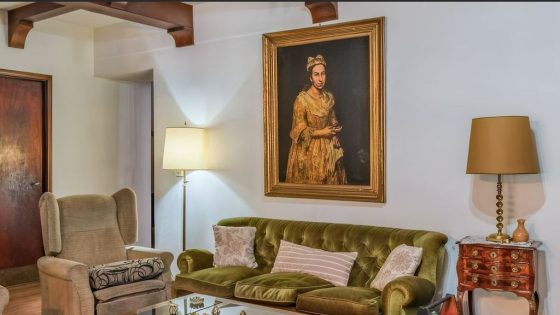The recent raid in Argentina aimed to recover a stolen painting from the Goudstikker collection, but it remains missing. How does this impact art restitution efforts in the Netherlands?
- Argentine police raid house for stolen painting
- Artwork linked to Nazi theft during WWII
- Painting identified on Argentine real estate site
- Evidence of recent removal from display
- Owner blocked journalist after inquiry
- Argentine justice prioritizes recovering the artwork
On August 27, 2025, the police found no trace of the artwork during their search. The quest for justice continues.
Stolen Nazi Painting’s Discovery Raises Questions for Dutch Art Recovery Efforts
What does the disappearance of this painting mean for art recovery in the Netherlands? The ongoing investigation underscores the complexities of tracing artworks stolen during World War II, a significant issue for Dutch heritage.
Why is the search for this painting crucial? It symbolizes the ongoing struggle for justice in art restitution and the importance of historical accountability.
- Stolen art pieces often remain hidden for decades.
- International cooperation is essential for recovery.
- Art restitution impacts cultural heritage preservation.
- Public awareness can aid in recovering stolen works.
Challenges in Recovering Stolen Art: The Case of the Goudstikker Painting
The complexities of recovering stolen art, like the Goudstikker painting, highlight the need for robust international laws. Each case reveals the intricate connections between art, history, and justice.
Importance of Public Awareness in Art Restitution Efforts
Raising public awareness about stolen artworks can significantly aid recovery efforts. Engaging communities in discussions about art restitution fosters a culture of accountability and historical respect.
Stay informed about art restitution efforts and support initiatives that aim to recover stolen cultural heritage in the Netherlands.










